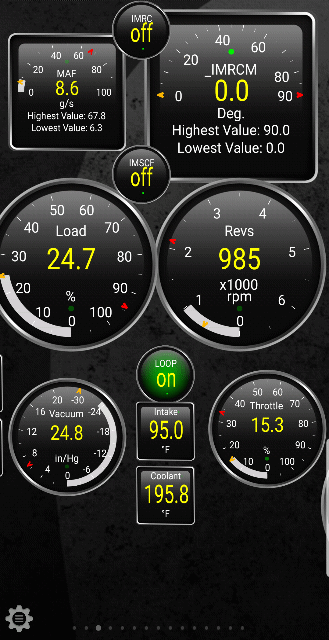Forums
Guest
|
|---|
| Welcome Guest, posting in this forum require registration. |
|
|
Torque » Torque OBD ECU Scanner » Torque Discussion / Ideas » An equation failure question for "piemmm"
| Pages: [1] |
 Author Author |
Topic: An equation failure question for "piemmm" |
|---|
| F-150Torqued
Member Posts: 437 |
|
||||
| cintakc
Member Posts: 1662 |
|
||||
| F-150Torqued
Member Posts: 437 |
|
||||
| cintakc
Member Posts: 1662 |
|
||||
| F-150Torqued
Member Posts: 437 |
|
||||
| Capp777
Member Posts: 2994 |
|
||||
| F-150Torqued
Member Posts: 437 |
|
||||
| cintakc
Member Posts: 1662 |
|
||||
| F-150Torqued
Member Posts: 437 |
|
||||
| F-150Torqued
Member Posts: 437 |
|
||||
| Capp777
Member Posts: 2994 |
|
||||
| cintakc
Member Posts: 1662 |
|
||||
| F-150Torqued
Member Posts: 437 |
|
||||
| piemmm
Administrator Posts: 6629 |
|
||||
| F-150Torqued
Member Posts: 437 |
|
||||
| F-150Torqued
Member Posts: 437 |
|
||||
| Pages: [1] |
Page loaded in: 0.052 seconds.

 An equation failure question for "piemmm"
An equation failure question for "piemmm"



